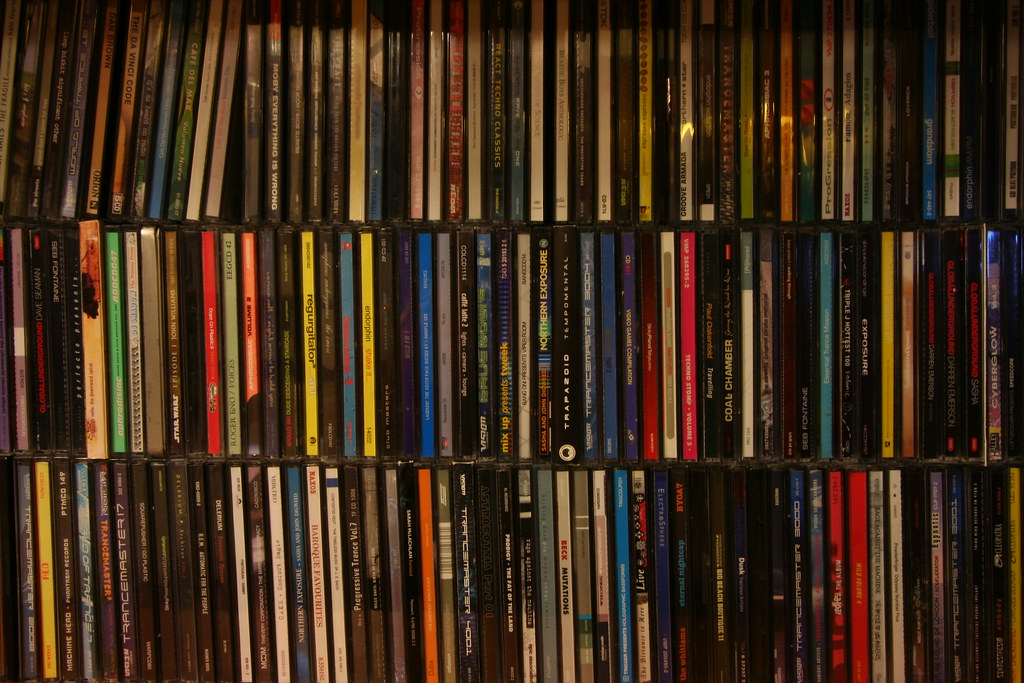A ghost track, also called a hidden track, is a song on a CD that is unlisted. These tracks are preceded by minutes of silence after the final listed song of an album.
I first learned about hidden tracks from my dad. We were listening to a CD in the car, and he began explaining how some CDs have special secret tracks after the main album. We waited for a few minutes through the silence of the “end” of the CD and sure enough another song started to play. I remember thinking this was the coolest thing. He told me about a time he fell asleep with his headphones on while listening to a CD and jolting awake when track that was not supposed to be there blasted into his headphones. I was really taken with the whole idea.
As with many things that are associated with CDs, hidden tracks can actually be traced back to vinyls. While it is difficult to say what the “first” of anything is when it comes to music, the popularly cited first ghost track is attributed to the Beatles. The track was uncredited on the album because it was meant to be removed, but a sound engineer preserved it and put it ten seconds after the supposed final track of the song. The Beatles heard it and decided to keep it in. Another notable example of the hidden track was “Endless, Nameless” on the Nirvana album “Nevermind”. This song came a full ten minutes after the end of the album. This ghost track is often considered to have been the first popular example of hidden tracks on a CD.
Hidden tracks got more elaborate, with some songs requiring you to play them backwards or with the time between the end of the CD and the hidden track extending out as far as the disc format would allow.
It became a way to reward fans who were willing to give an album more than a casual listen. The way that artists utilize the medium their music is heard through is important. Music can be in conversation with the listener, and this was one way musicians communicated with their audience. This would have also created a buzz and a community effort. It would have been a rumor you heard, maybe from your friend’s older brother, or you’d discover it yourself and get to show off your discovery to your friends.
Streaming has largely removed this method of communication, exemplifying the way that new technologies alter approaches to music. Some artists still have exclusive tracks that can’t be found on streaming services called CD exclusives. However, these are less and less common, and in my opinion don’t share the spirit of hidden tracks. As implied by their alternate name being ghost tracks, there was a certain level of myth and mystery attached to them.
As annoying as I’m sure it would be to have your favorite song be the only one preceded by ten minutes of silence, this is still something I can’t help but find cool. Even if waiting was frustrating, that first note would be such a rush and reward for your efforts. It would make all the waiting worth it.

